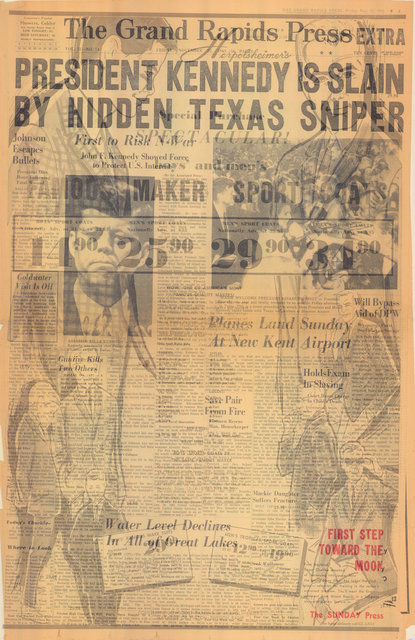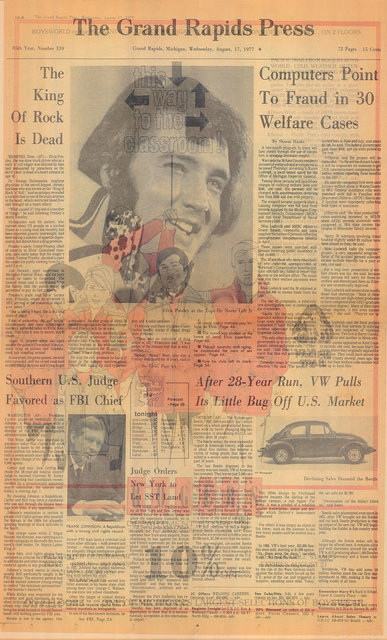April 23, 1967
archival pigment print, 19" x 23"
November 23, 1963
archival pigment print, 19" x 23"
June 6, 1968
archival pigment print, 19" x 23"
July 20, 1969
archival pigment print, 19" x 23"
July 21, 1969
archival pigment print, 19" x 23"
August 17, 1977
archival pigment print, 19" x 23"
April 12, 1965
archival pigment print, 19" x 23"
August 9, 1974
archival pigment print, 19" x 23"
January 20, 1981
archival pigment print, 19" x 23"









